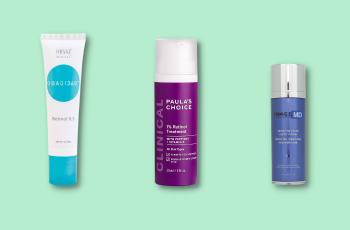


Is Niacinamide Safe for Broken Skin? A Complete Guide

Smart Skincare: Using Matrixyl and Vitamin C Effectively Together

Winter Skincare Guide: Using Mandelic Acid for Radiant Skin

Pregnancy-Safe Skincare: Everything About Using Hyaluronic Acid Safely

A Complete Skincare Guide to Pairing Glycolic Acid with Retinol

Niacinamide and Retinol: The Best Way to Pair These Ingredients

Vitamin C and Azelaic Acid: Smart Layering Tips for Brighter Skin

Ultimate Skincare Guide How to Choose Safe Effective Sunscreen
Ad Blocker Detected
Our website is made possible by displaying online advertisements to our visitors. Please consider supporting us by disabling your ad blocker.